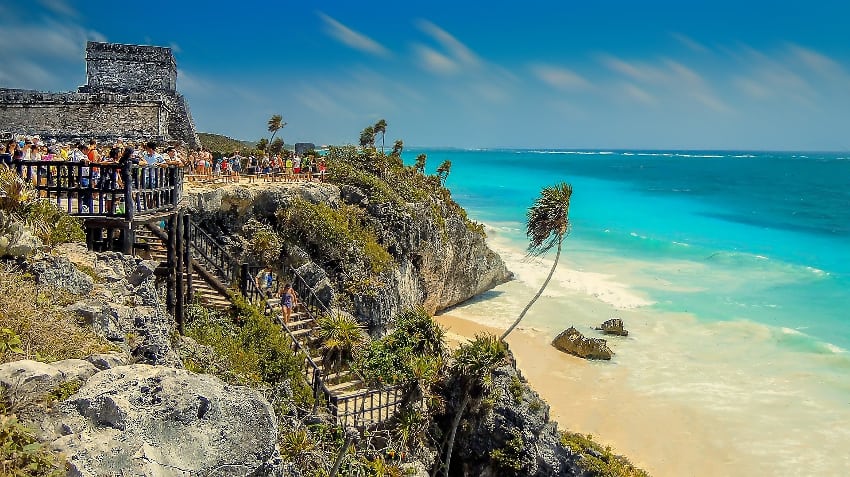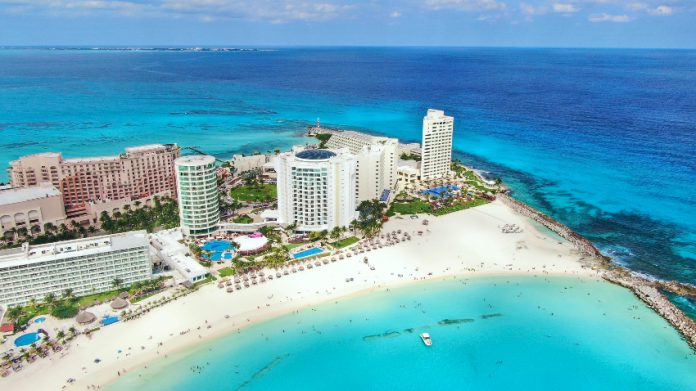More than 1.2 million tourists are expected to flock to the state of Quintana Roo, home to popular resorts including Cancún, Tulum and Playa Del Carmen, over the Easter break.
Maria Lezama Espinoza, governor of Quintana Roo, said that the state was on track for a successful year.

“Statistics tell us that 2023 will be a great year for the destinations of the 11 municipalities; the number of visitors to the archaeological zones has grown by up to 25 percent,” she said.
Quintana Roo is a popular tourist destination thanks to a combination of outstanding natural beauty and fascinating history. Areas such as the Sian Ka’an biosphere reserve – a UNESCO heritage site – give visitors a glimpse into the region’s rich biodiversity, and the hundreds of cenotes, or water-filled natural sinkholes, also attract many visitors.
The world-famous ruins at Tulum, overlooking the Caribbean, is one of the state’s major historical attractions, along with the Cobá and Muyil ruins.
Twenty-seven cruise ships are expected to arrive at the island of Cozumel – off the coast of Playa Del Carmen – in the first week of April alone. This is a 20% increase over the number of ships registered in 2022. Thousands more will fly into Cancun from the United States and cities across Mexico.

Data from the Tourism Ministry suggested that there had already been nearly 2 million tourists in the first month of 2023 alone – with significant growth in visitors to Holbox, Bacalar and Cozumel.
In preparation for the holidaymakers, authorities have cleared more than 8,000 tons of sargassum – the foul-smelling seaweed that has blighted beaches in the area in recent years. As of Friday, the Sargassum Monitoring Network reported 8 of 100 beaches in Quintana Roo as sargassum-free, and 53 having “very low” levels.
“The analyses have allowed for a prediction of a decline in the sargassum biomass for 2023, even reaching the levels registered in 2019,” according to Jaime González Cano as reported by Infobae. “But atmospheric conditions and the behavior of ocean currents are important factors in the accumulation and distribution of seaweed along the Quintana Roo coastline.”
The government has also mounted a large security operation in tourist hotspots around the country, as well as on federal highways and at airports.
With reports from La Jornada Maya and Infobae
